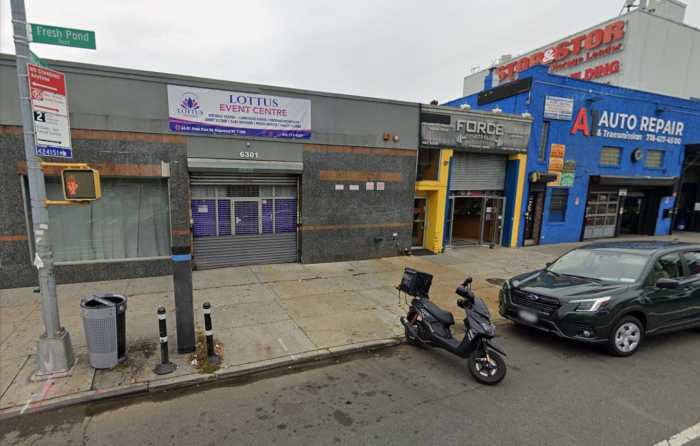As the city continues to drive away from car-focused transportation, Curbed New York has made a list of the most walkable neighborhoods in each of the five boroughs — and Ridgewood was the Queens neighborhood that scored the highest “Walk Score.”
Ridgewood was graded to have a Walk Score of 95, a Transit Score of 85, and a Bike Score of 57, all out of a possible 100 points. It is also listed as the 65th most walkable neighborhood in the city, beating out places like Bushwick and Long Island City.
“Up-and-coming Ridgewood is also making its up way on the list of the city’s most transit-friendly neighborhoods,” the article touted. “But where Ridgewood is lacking is in bike infrastructure: There are just two bike lanes on Onderdonk and Woodward avenues, and Citi Bike has yet to make it to the area.”
To gather information for the scoring of each neighborhood, Curbed turned to Walk Score — a private company that provides walkability services and apartment search tools — who use their “Walk Score methodology” to measure the walkability, transit options, and bike friendliness of the area.
To compile the Walk Score, points are awarded based on any address’ distance to amenities in each category. Amenities within a five minute walk (approximately .25 miles) are given the maximum number of points, while a decay function is used to give points to more distant amenities, with no points given after a 30 minute walk.
The Walk Score also measures pedestrian friendliness by analyzing the area’s population density and road metrics such as block length and intersection density in its calculations.
Data sources used to calculate the Walk Score include Google, Education.com, Open Street Map, the U.S. Census, Localeze, and places added by the Walk Score user community.
Transit Score measures how well a location is served by public transit based on the distance and type of nearby transit lines. Transit Score is based on data released in a standard format by public transit agencies.
To calculate a Transit Score, Walk Score assigns a value to nearby transit routes based on their frequency, type of route (rail, bus, etc.), and distance to the nearest stop on the route.
The Bike Score measures if an area is biking friendly based on the number of bike lanes and trails, the neighborhood’s hills, road connectivity, and destinations.
These component scores are based on data provided by city governments, the USGS, OpenStreetMap, and the U.S. Census.
The Walk Score methodology was developed with the Walk Score advisory board and has been validated by leading academic researchers.




































